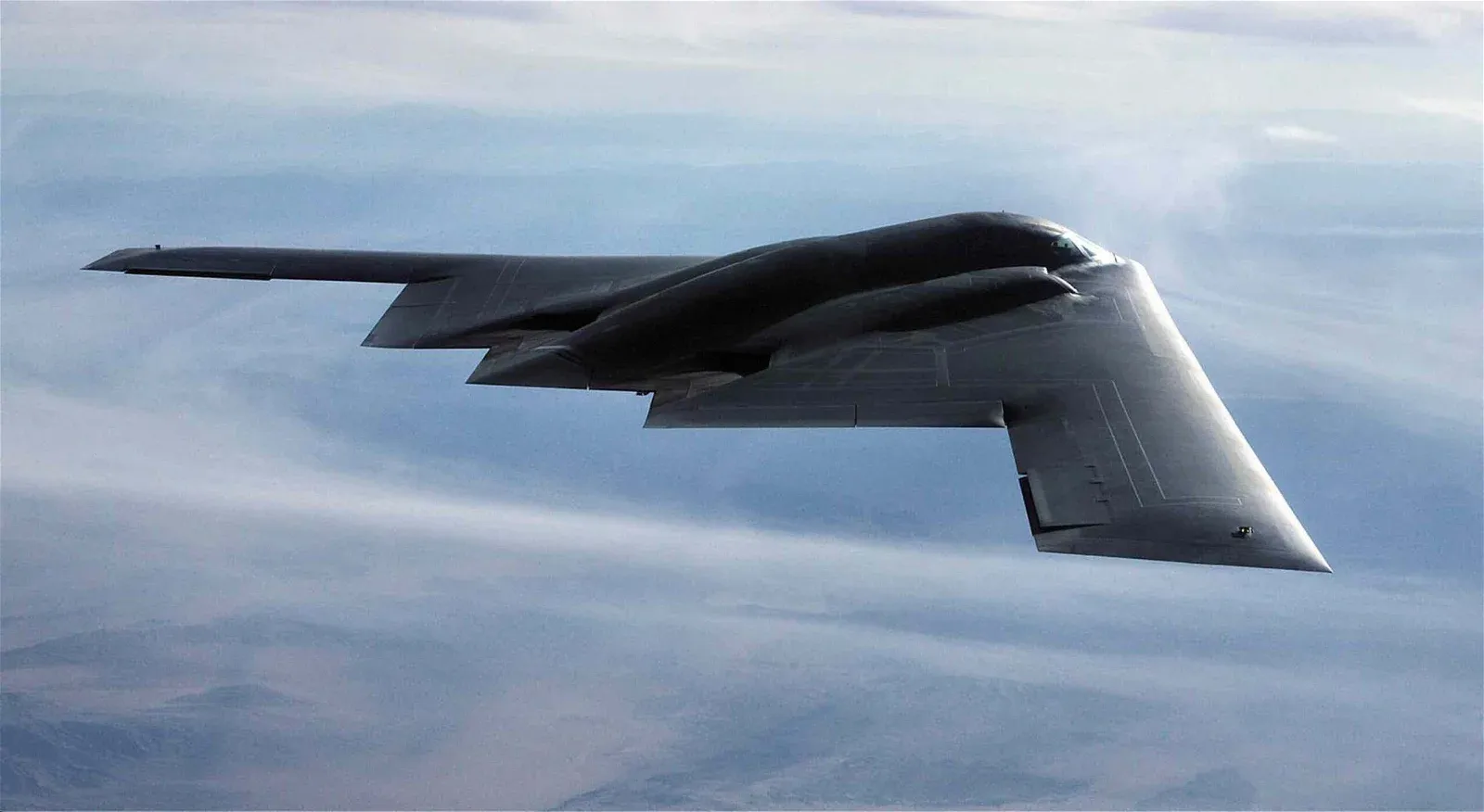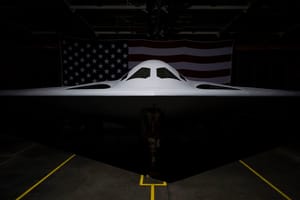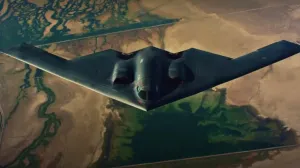Northrop Grumman’s B-2 Spirit, the U.S. Air Force’s multi-role bomber and one of the most iconic military aircraft in modern history, celebrates three decades in flight today.
July 17 marks the 30-year anniversary of the B-2 officially taking to the skies on this day in 1989, Northrop Grumman said in a statement on the company’s website.
“Three decades later, the iconic flying wing is more advanced than ever and in a class of its own,” the company’s statement read. “Morphing with the times, the B-2’s avionics technology, stealth and armament have evolved to ensure U.S. air dominance.”
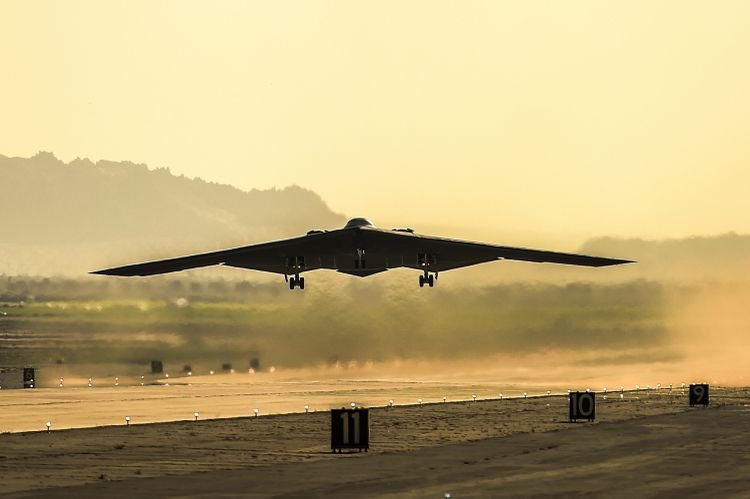
The B-2, more popularly known as the Stealth Bomber for the low-observable technology it employs, features an iconic subsonic flying wing design. Seating a crew of two, the B-2 can deliver both conventional and thermonuclear weapons and remains the only acknowledged stealth configuration aircraft currently in use by the U.S. military capable of carrying large air-to-surface standoff weaponry.
The B-2 has its origins in the Advanced Technology Bomber (ATB) project during the administration of President Jimmy Carter. Although issues that included rising production costs resulted in setbacks, ultimately prompting the planned purchase of 132 of the aircraft to just 21, each with a production cost at the time of around $737 million. Today the estimated cost of a B-2 is close to $2 billion, making it the most expensive aircraft used by any military.
The first B-2 was publicly displayed on November 22, 1988, at Air Force Plant 42 in Palmdale, California.
Currently, there are 20 of the aircraft remaining in use by the U.S. Air Force, with one having been lost in February 2008 when Spirit of Kansas crashed just after takeoff from Andersen Air Force Base, Guam. There were no casualties, and it remains the first and only operational loss of a B-2.
Although the B-2 is to be replaced by the new B-21 Raider by 2032, the fact that the B-2 has remained in service for three decades is no mystery. By combining low observability with a sophisticated use of aerodynamic efficiency, the B-2 remains the most formidable bomber aircraft, capable of a range of close to 6,000 nautical miles before refuelling.
Part of the magic of the world’s most famous stealth aircraft has to do with the aircraft’s still-classified low observability capabilities, possessing reduced acoustic, electromagnetic, visual, infrared, and radar signatures.
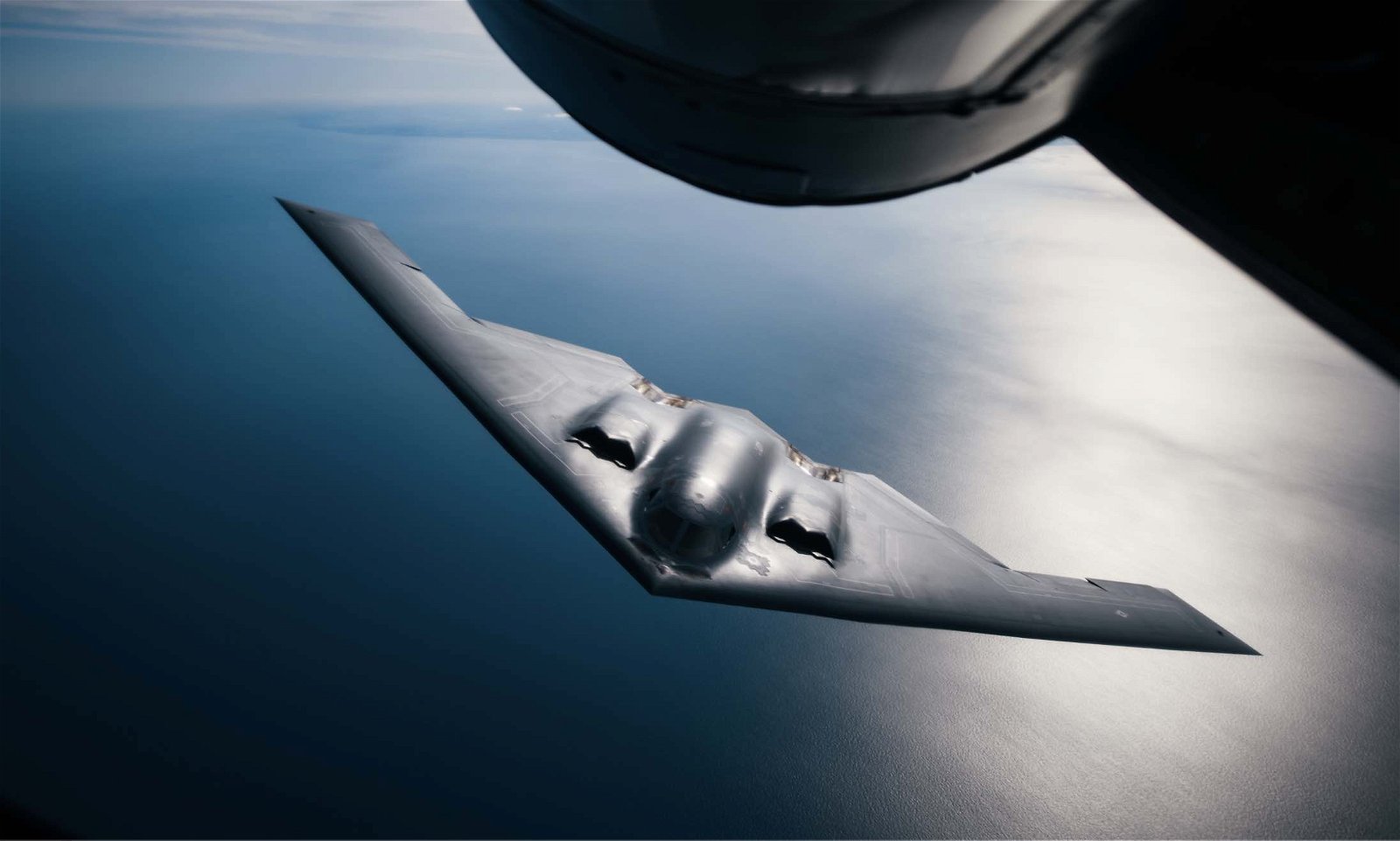
These combined signatures make the B-2 one of the most difficult aircraft to detect, track and engage, thanks to the composite materials and coatings it employs as the premier operational stealth bomber in the U.S. inventory.
“The B-2 Spirit remains an engineering marvel and combat-proven aircraft that will continue to pave the way forward for years to come,” Northrop Grumman said in a statement on Monday.
Micah Hanks is the Editor-in-Chief and Co-Founder of The Debrief. He can be reached by email at micah@thedebrief.org. Follow his work at micahhanks.com and on Twitter: @MicahHanks.
